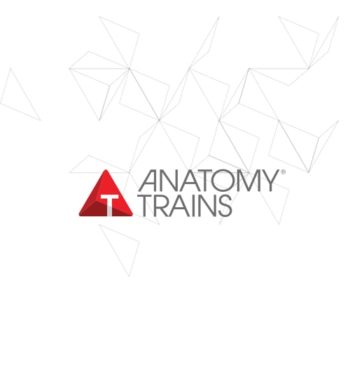The Fascial Release for Structural Balance (FRSB) is a set of intensive soft-tissue technique courses – based on the book of the same name – divided into functional regions. Each course thoroughly conveys 15 – 20 technique ‘templates’, designed for versatile application for the different patterns your clients bring to you.
Each class includes:
- Relevant anatomy for the area – short intensive and integrated presentations assemble the best figures from multiple sources, including brand new learning tools such as video of fascial dissections and palpation of the relevant structures to convey the information in an inspiring and understandable fashion.
- BodyReading (visual assessment) – the common postural and movement implications – how to see and ‘read’ them in the intricacy of individual patterns
- Fascial Release Techniques – each technique is fully laid out for intent and ‘feel’, with plenty of time for practice, ensuring that you can apply these methods immediately in your practice.
Arches and the Legs
Underpinning all of our structure is the foot’s interaction with the ground, imbalances here clearly have consequences further up the body. Effective arch balance can be essential for easy and graceful walking, pelvic stability, low back efficiency and even head and neck support. The feet and legs are literally the foundation for the rest of our structure and this workshop will analyze the bones of the feet and how they conspire to help or hinder the arches. We will look at the forces coming from the leg muscles and create strategies to help maintain better mechanics by dealing with myofascial restrictions and imbalances.
- This course focuses on good foot and leg support through: The 3 (or 4) arches of the foot, how they act in walking and standing, and
- The balance of support the arches receive from the long muscles of the calf, and
- Unwinding rotational compensations in the foot, the tibia-fibula complex and the knee.
The Knee and Thigh
A complicated hinge in the middle of two long levers is perhaps not the best of designs – but this “elbow designed by committee” is an excellent work of engineering. The knee joint mediates forces coming down from the hip and up from the foot and still allows a wide range of movement in all but the frontal plane.
Objectives
- How to differentiate your analysis of the foot and legs from the rest of the mechanical chain, giving an accurate reading of their skeletal relationships
- How to assess and then provide good foot and leg support through the three (or four) arches of the foot
- How the arches act in walking and standing and their relationship to the pelvis and the AT lines
- How to balance the support the arches receive from the long muscles of the calf
- Effective strategies to unwind rotational compensations in the foot, the tibia-fibula complex and the knee.
- Learn how the structures of the knee and thigh co-operate to achieve this and learn to recognize some of the structural dysfunctions that can occur.
- BodyRead the various imbalances which can occur
- Learn to balance the common rotational movements of the knee


